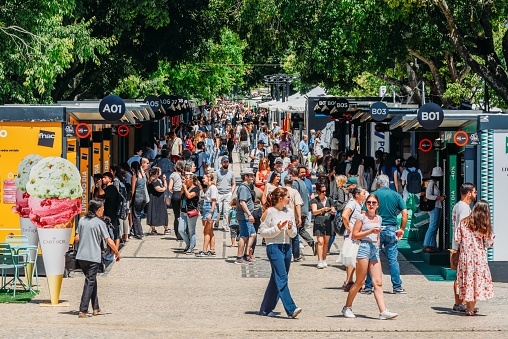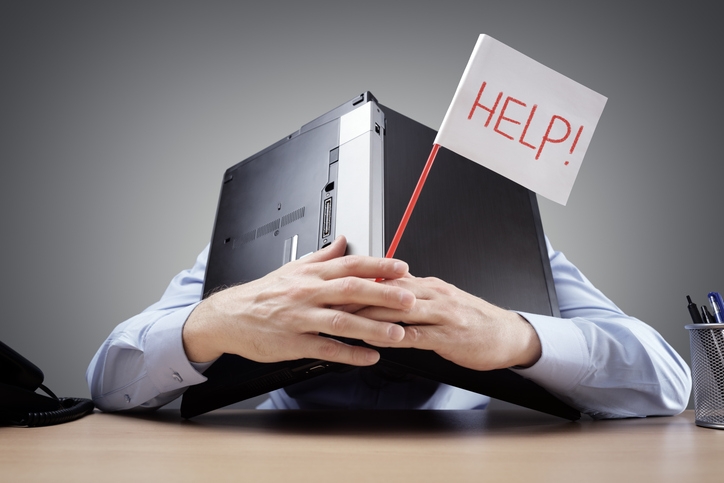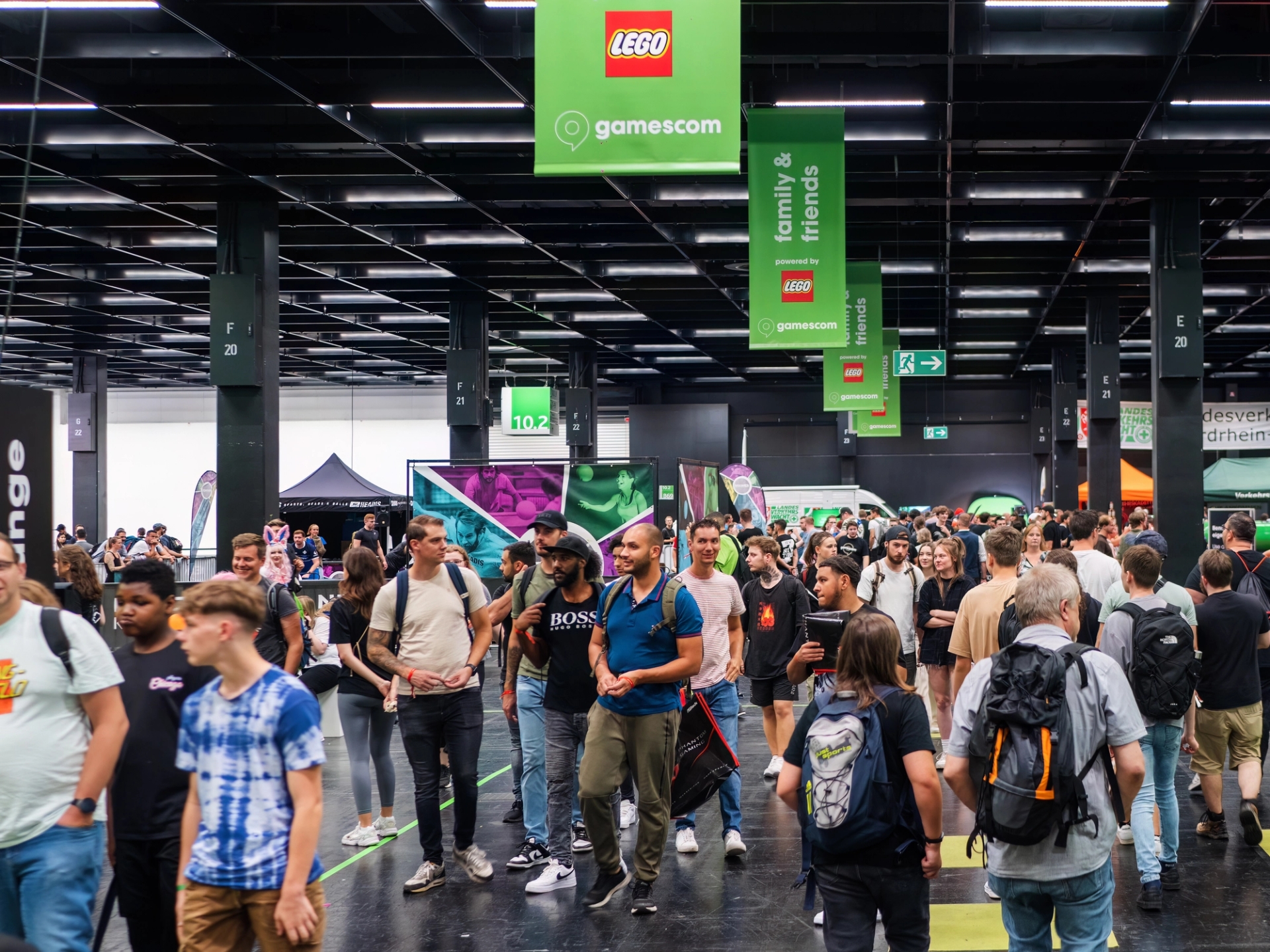15 Planning Mistakes That Can Ruin Your Trade Show (And How to Avoid Them)
Discover the 15 common trade show planning mistakes and learn practical tips to avoid them. Enhance your event success—read the article now!

15 Planning Mistakes That Can Ruin Your Trade Show (And How to Avoid Them)
Trade show success is the ultimate goal for any event organizer, but it requires more than just booking a booth and showing up. Many event planners fall into common pitfalls that can drastically affect event outcomes, from poor trade show booth planning to ineffective follow-up strategies. Whether you’re new to planning for trade shows or looking to refine your process, understanding these common mistakes and their solutions is crucial.
If you are just getting started, you can go through our end to end trade show planning guide to give in-depth details about the event.
1. Not Setting Clear Objectives
Why It’s a Mistake:
Without clearly defined goals, trade show planning becomes directionless. Event organizers who jump straight into logistics or booth design often forget the WHY behind their participation. Are you aiming to generate leads, boost brand awareness, launch a product, or build partnerships? Without this clarity, teams struggle to prioritize tasks, allocate budget wisely, or measure success afterward.
Real-World Impact:
One tech company spent tens of thousands on a trade show booth but saw little value post-event because they didn’t decide whether their focus was on gathering leads or showcasing innovation. Their team couldn’t even define the trade show ROI, making it hard to justify the spend.
How to Avoid:
- Set SMART goals (Specific, Measurable, Achievable, Relevant, Time-bound).
- Align objectives with your company’s sales or marketing strategies.
- Define key performance indicators (KPIs) such as number of leads, qualified meetings, or demo requests.
- Communicate these objectives clearly to your entire event team, including booth staff, so everyone knows the plan.
2. Choosing the Wrong Trade Show
Why It’s a Mistake:
Not every trade show fits your business or target audience. Choosing a show with irrelevant attendees or poor industry alignment leads to low foot traffic and wasted resources.
Example:
A healthcare startup once exhibited at a general business expo with little industry focus. Despite a good location, they failed to connect with the right audience and saw minimal leads.
How to Avoid:
- Research shows carefully by reviewing attendee demographics and previous exhibitor lists.
- Check if your competitors participate—it’s usually a good sign that your audience will be there.
- Use trade show planning software to analyze past show performance metrics.
- Engage with show organizers for insights about the event’s attendee profiles.
3. Poor Trade Show Budget Planning
Why It’s a Mistake:
Underestimating costs or failing to plan for hidden expenses is a classic common event planning mistake. Expenses can spiral out of control if not tracked—booth rental, shipping, travel, promotional materials, and technology add up quickly.
Scenario:
An event planner underestimated shipping fees, resulting in last-minute freight charges that blew the budget by 20%.
Tips to Avoid:
- Use a detailed trade show planning template Excel to map out all expenses.
- Include line items for booth staffing, travel, freight, marketing collateral, and contingency funds.
- Regularly update and review budgets with your finance team.
- Compare multiple vendors for booth construction or shipping to get the best value.

4. Inadequate Booth Design and Layout
Why It’s a Mistake:
A poorly designed trade show booth can repel visitors rather than attract them. Cluttered, confusing layouts make it hard for attendees to engage, causing you to miss valuable connections.
Example:
A manufacturing company designed a booth with too many displays and no open space. Attendees felt cramped and quickly moved on, resulting in a low number of qualified conversations.
Tips:
- Create an open, inviting space that encourages movement and conversation.
- Incorporate interactive elements such as touchscreens or product demos.
- Use teaser videos and clean visuals to catch the eye from a distance.
- Consult the champs trade show floor plan to optimize your booth placement and layout.
5. Skipping Pre-Event Communication
Why It’s a Mistake:
Waiting until the trade show starts to promote your participation misses an opportunity to engage potential clients beforehand. Without early communication, you risk poor ticket sales and low booth traffic.
Scenario:
A B2B company relied solely on the show’s marketing. They failed to send personalized invitations, resulting in fewer booth visits.
Suggestions:
- Leverage social media channels like Facebook Events and LinkedIn to announce your attendance.
- Send personalized invitations and calendar holds to key contacts.
- Share sneak peeks of your booth design or special giveaways to build excitement.
- Schedule meetings in advance with hot prospects to ensure quality engagement.
6. Poor Booth Staffing
Why It’s a Mistake:
Your booth staff are the face of your brand on the big day. When team members are unprepared, disengaged, or unclear about event goals, it can negatively impact interactions with potential customers and lead to missed new sales opportunities. This is one of the most common mistakes in trade show planning that many exhibitors make by cutting corners on staffing.
Common Issue:
Assigning junior staff or last-minute hires who lack deep product knowledge or motivation can hurt your trade show booth design and overall event success.
How to Avoid It:
- Provide thorough training well ahead of the event, including role-plays that prepare staff for common attendee questions.
- Assign tasks clearly for every team member, such as greeter, demo lead, or lead capture specialist, as part of your trade show planning checklist.
- Ensure everyone involved understands the overall trade show planning process, pre-event communication, and specific expectations for the stand.
7. Ignoring Lead Capture Strategy
Why It’s a Mistake:
Manually collecting business cards or relying on memory is a huge risk—lost contacts and no clear way to measure trade show ROI. This common trade show mistake can happen even with the right trade show logistics planning if lead capture isn’t integrated.
Example:
One company collected hundreds of cards but didn’t digitize the information quickly. Weeks later, most leads were lost, negating the whole point of attending the event.
How to Improve:
- Use trade show planning software with built-in lead capture tools.
- Implement badge scanners, QR codes, or mobile apps for accurate, fast data collection.
- Train booth staff to qualify leads during conversations, so follow-up focuses on the right prospects—crucial for successful event follow-up and maximizing the perfect trade outcome.
8. Choosing the Wrong Booth Space
Why It’s a Mistake:
The location of your booth matters significantly. Booking a spot tucked away in a corner, near noisy competitors, or close to the loading dock can severely reduce booth traffic and impact your event success.
Scenario:
An exhibitor who booked late ended up near a noisy, high-traffic entrance and saw fewer visitors than expected, hurting their chance to create memorable experiences.
How to Avoid:
- Review the trade show floor plan early, using tools like the Champs trade show floor plan, and select a booth space near main aisles or high-traffic zones.
- Avoid booths adjacent to loud or distracting stands.
- Negotiate with organizers for swaps or upgrades as part of your trade show booth planning strategy.

9. No Backup Plan
Why It’s a Mistake:
Trade show events are dynamic—technical issues happen, shipments break, and staff might fall ill. Without a solid backup plan, these challenges can derail your trade show success.
Case Study:
An exhibitor’s video display malfunctioned just before the show started. Without any backup, they lost valuable demo time and failed to involve attendees.
How to Prepare:
- Pack spare cables, adapters, printed marketing materials, and backup signage.
- Create a detailed setup checklist to follow on the big day.
- Assign a team member to handle any technical issues quickly as part of your trade show logistics planning.
10. Focusing on Quantity Over Quality
Why It’s a Mistake:
Trying to talk to everyone often results in shallow conversations and lost sales. The goal is to engage the right audience and create lasting impressions that lead to new sales, not just generate traffic.
Scenario:
One organizer’s booth was crowded with many exhibitors, but most visitors weren’t decision-makers, which negatively impacted the event’s ROI.
How to Fix:
- Train staff to ask quick qualification questions to identify the right prospects.
- Customize messaging to appeal directly to your target demographics.
- Prioritize follow-up with qualified leads using trade show planning software, ensuring a memorable experience for attendees.
11. Not Measuring Performance
Why It’s a Mistake:
As trade show organizers, failing to track the performance of your event is one of the most common trade show mistakes—and one that can negatively impact your future planning process. Without solid metrics, it’s impossible to identify what worked well and what didn’t, making it hard to refine your trade show planning strategy or improve event success over time.
Example:
An organizer hosted a mid-sized industry show but didn’t track ticket sales, booth traffic, or lead conversions. The post-event report was vague at best, and key sponsors expressed disappointment due to unclear ROI. The lack of a solid plan for measuring outcomes led to difficulty in securing repeat exhibitors the next year.
How to Avoid This Mistake:
- Implement trade show planning software that includes built-in performance tracking tools such as visitor scanning, real-time analytics, and post-event reporting.
- Track key metrics like booth interactions, session attendance, lead quality, and sponsor exposure. Use trade show planning templates or Excel trackers to compare these KPIs year over year.
- Distribute surveys to event attendees, exhibitors, and booth staff to get qualitative feedback on what they liked and what should be improved.
- Use this data to optimize your trade show logistics planning, pricing models, marketing materials, and venue setup for future events.
12. Poor Follow-Up Strategy
Why It’s a Mistake:
Organizers often underestimate the importance of enabling exhibitors and sponsors to engage with leads after the show. A poor follow-up plan can undo all the work done during the event, ultimately hurting your trade show ROI and disappointing your stakeholders.
Scenario:
At a large B2B tech expo, an organizer provided no support for lead capture or post-show follow-up. Exhibitors were left with stacks of business cards and no structured plan to continue conversations. Weeks later, many potential clients forgot the interactions altogether—leading to lost new sales and a break in the buyer journey.
How Trade Show Organizers Can Help:
- Provide exhibitors with pre-event communication strategies and templates for post-show outreach.
- Include lead capture solutions in your trade show planning checklist—such as badge scanning, QR codes, or integrations with CRM platforms.
- Encourage use of trade show planning software that supports automated email follow-ups, attendee segmentation, and personalized messaging.
- Offer post-event marketing support, such as follow-up email templates, teaser videos, and engagement reports.
13. Trying to Do Everything Yourself
Why It’s a Mistake:
Trade show organizers wear many hats, but attempting to do everything can lead to burnout, missed opportunities, and cut corners. One of the most common mistakes in event planning trade shows is failing to build a reliable team or use digital tools to manage the workload.
How It Happens:
An organizer overseeing a regional trade show insisted on managing booth assignments, marketing, vendor coordination, and registration manually. The big day arrived with last-minute signage errors, misplaced badges, and frustrated sponsors. Trying to do it all not only hurt the show’s reputation but also jeopardized repeat business.
How to Avoid This Mistake:
- Assign tasks clearly and early. Use a trade show planning template or project management software to track who’s responsible for what.
- Build a support team that includes specialists for booth logistics, digital marketing, sponsor communication, and attendee engagement.
- Outsource what you can—whether it’s booth design, AV production, or tech support. It allows you to focus on strategy and creating memorable experiences for attendees and stakeholders.

14. Ignoring Competitor Booths
Why It’s a Mistake:
As an organizer, your job includes helping your exhibitors stand out on the trade show floor. Ignoring competitor booths during your planning can prevent you from identifying what makes a booth space attractive, functional, and successful.
Missed Opportunity:
At a health expo, organizers failed to evaluate competitor trade shows. While some exhibitors used interactive product demos and attractive booth designs, this event lacked energy, traffic, and variety. Attendees felt underwhelmed, and many exhibitors chose not to return.
Pro Tips for Organizers:
- Visit event planning trade shows in other regions or sectors. Take notes on booth layouts, lighting, signage, engagement tools, and crowd behavior.
- Study what the right preparation looks like from successful booths. What’s drawing crowds? What kind of content is being presented?
- Use these insights to educate your exhibitors through pre-event communication, workshops, and exhibitor kits. Share a trade show planning guide with visual examples of effective booth designs.
- Showcase your findings in a champs trade show floor plan simulation so exhibitors can visualize success.
15. Forgetting the Attendee Experience
Why It’s a Mistake:
A trade show’s true success lies in how well it engages its event attendees. If you’re focused only on logistics or booth sales, you may forget the importance of creating memorable experiences that make your show the one people remember.
When It Goes Wrong:
One trade show featured dozens of booths but lacked food options, seating, interactive sessions, or even a proper info desk. While everything “worked,” the event success was minimal because the attendee journey was neglected.
How to Get It Right:
- Curate spaces within the trade show floor plan where attendees can relax, network, and recharge.
- Plan interactive elements like live demos, innovation zones, or experiential booths that deliver a lasting impression.
- Coordinate with exhibitors to provide branded giveaways, gamified experiences, or photo booths that promote engagement and social sharing.
- Collect attendee feedback through live polls, post-event surveys, and social listening to continuously improve.

Final Thoughts:
Avoiding these 15 mistakes is crucial to ensuring a successful event. As a trade show organizer, your role is more than coordinating logistics—it's about designing a complete, engaging, and measurable experience for exhibitors and attendees alike. Leverage the right trade show planning software, follow a detailed planning checklist, and use this guide as your go-to resource for planning a trade show the right way.
More Event Planning












